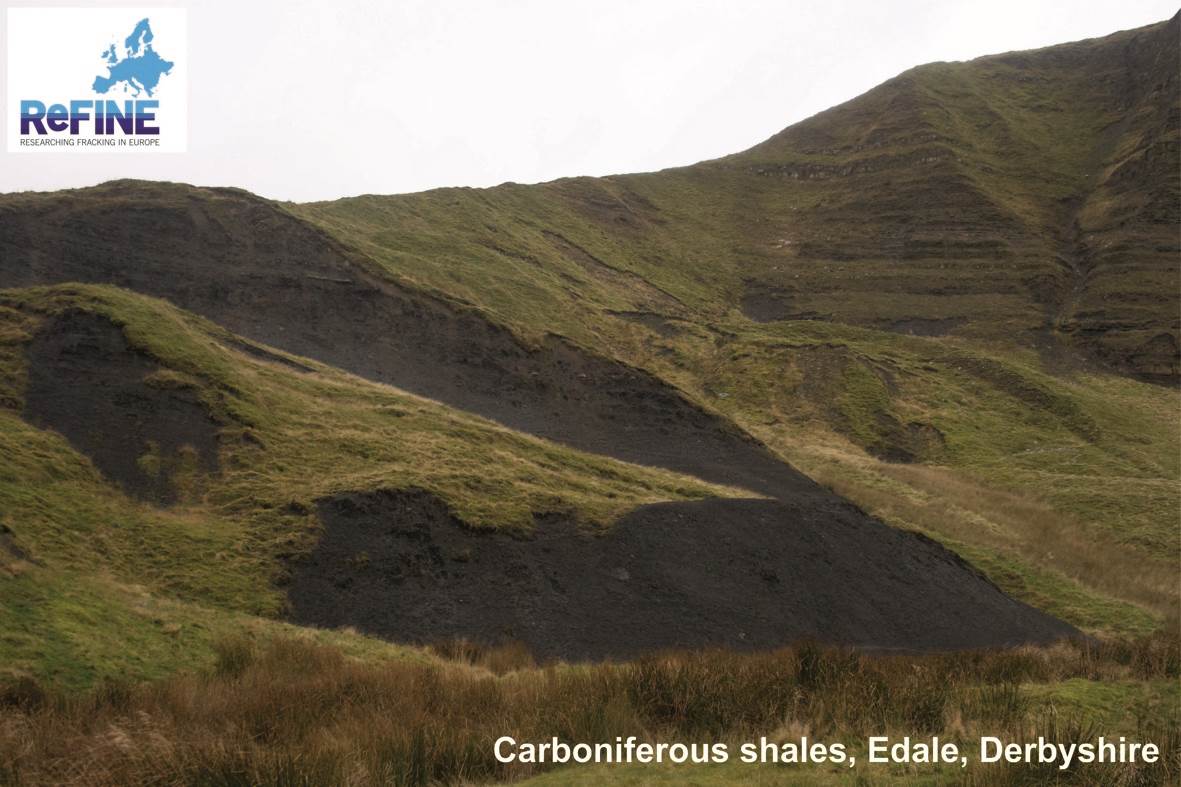by Julia Affolderbach
The building sector has been identified as the single largest contributor to human-related greenhouse gas emissions. At the same time, the sector is also seen to hold the greatest potential to lower emissions based on the relatively low levels of retrofitting existing or constructing new buildings, the availability of technologies, and the need to transition towards greener energy supply and demand (see for example related earlier blogs on sustainable building and green homes). The GreenRegio research project focuses on the potential of reducing greenhouse emissions through changes in the building sector (i.e. implementing more sustainable building practices) as urban climate change mitigation strategy. Based on case studies in four city regions – Freiburg, Luxembourg, Vancouver and Brisbane – one of the main objectives of the project is to identify the reasons behind innovations in green building.
The building sector has been identified as the single largest contributor to human-related greenhouse gas emissions. At the same time, the sector is also seen to hold the greatest potential to lower emissions based on the relatively low levels of retrofitting existing or constructing new buildings, the availability of technologies, and the need to transition towards greener energy supply and demand (see for example related earlier blogs on sustainable building and green homes). The GreenRegio research project focuses on the potential of reducing greenhouse emissions through changes in the building sector (i.e. implementing more sustainable building practices) as urban climate change mitigation strategy. Based on case studies in four city regions – Freiburg, Luxembourg, Vancouver and Brisbane – one of the main objectives of the project is to identify the reasons behind innovations in green building.
 | |
| Information sign on a 'Green Building Audio Tour' offered by the City of Vancouver in its award-winning Southeast False Creek neighbourhood. |
One
perspective we have adopted as part of our research is to understand green
building through urban sustainability policies that seek to respond to climate
change but also include aspects of city branding and marketing as part of
broader, global and competitive sustainability discourses. Using the City of
Vancouver’s “Greenest City 2020 Action Plan” (GCAP) and based on document
analysis and interviews, we seek to assess the role of the GCAP as part of the
city’s sustainability transition, and how green visioning and marketing can
contribute or divert from the Plan’s objectives.
Vancouver’s
Greenest City 2020 Action Plan is a politically motivated strategy with the
ambitious goal to turn Vancouver into a world leading green city. It consists
of 10 goals that are further defined through identified mid-term (2020) and
long-term (2050) targets to be monitored through measurable indicators specific
to each of the targets. The GCAP illustrates how green policies are used to
both draw on and speak to local constituencies, as well as a global audience by
framing the ‘green city’ both as a local process and globally competitive
positioning.
The
competitive nature of the policy and the ambition to present the city as global
leader in sustainability is already evident in the development of the GCAP. The
development of the strategy was led by a ‘blue ribbon task force’, the Greenest
City Action Team (GCAT), consisting of leading and well-known academics, civic
and environmental leaders and industry representatives, which commenced work in
Feb. 2009 and delivered its recommendations later that year. The GCAT
identified ten sustainability goals based mainly on an evaluation of best
policies and best practices used in leading green cities around the world which
are grouped into three areas: zero carbon, zero waste and healthy ecosystems.
Nine of the goals were chosen based on what other cities were doing internationally
while the tenth goal, local food, was at the time identified as unique to
Vancouver. Interestingly, the goal to ‘out-green’ other cities was
identified as a clear motivation in our interviews with respondents who are or
had been involved in the implementation of the GCAP.
At
the same time, the GCAP incorporated views and interests of residents and the
general public, both through public engagement and participation during the
development of the strategy and the implementation of the objectives. Targets
involving green jobs, transportation infrastructure and increased citizen
involvement resonate with local people and emphasize municipal empowerment, while at
the same time they seek to address a global audience through a language of
superlatives.
The
focus on global positioning and leadership can be criticized for using local sustainability
issues in urban marketing and branding strategies in order to advertise the
city as attractive place for tourists, workers, and businesses alike. At the
same time, the pursuit of global leadership can offer a number of positive effects
beyond green washing. For example, our interview partners described how the
ambitious goals set within the GCAP have provided precedent cases that have
been used by other municipalities to implement new regulations. One other
benefit relates to the provision and sharing of specific know-how, data,
experience and establishment of collateral knowledge networks and opportunities
for co-learning. To illustrate the point, the City of Vancouver offered a
two-day workshop in May 2015 to share its experience and give practical advice
to other cities on how to set up a sustainability centre based on Vancouver’s CityStudio. CityStudio is a city-led innovation hub that brings
together city staff, university students, and community members to create,
design, and implement community projects of all kind in support of the GCAP. The
‘art of cities’ workshop brought together teams from 8 Canadian cities that are working on building up similar initiatives to engage students and citizens in
solutions to sustainability issues in their local communities.
 |
| Vancouver CityStudio's Keys to the Streets project that seeks to promote the use of public space and increase the sense of community. (Photo: Inside Vancouver) |
GreenRegio
is a 3-year research project funded by the National Research Fund Luxembourg
and the German Research Foundation. Further information on the project and research
findings from Freiburg, Luxembourg, Brisbane, and Vancouver are available on the project website.






